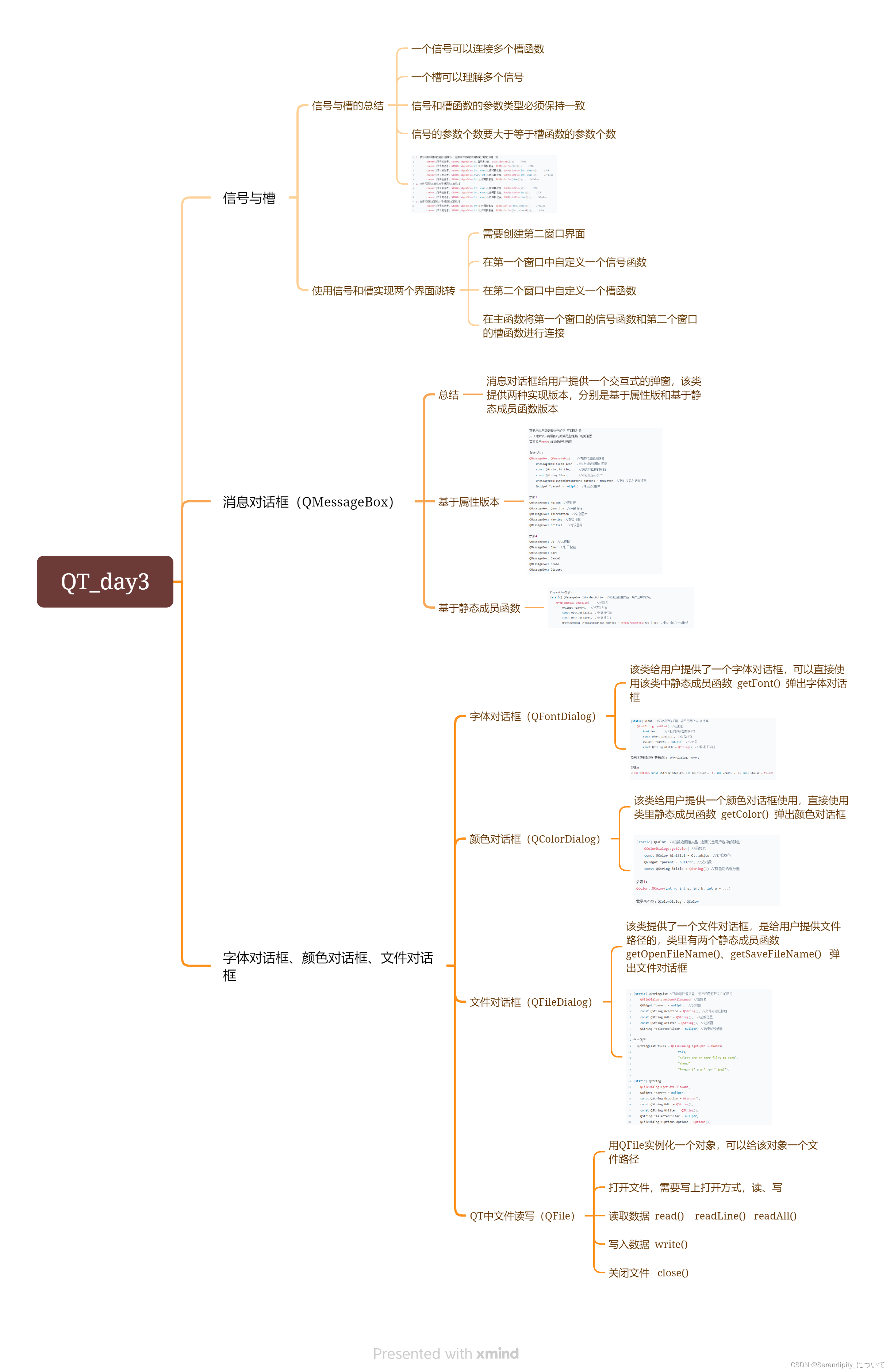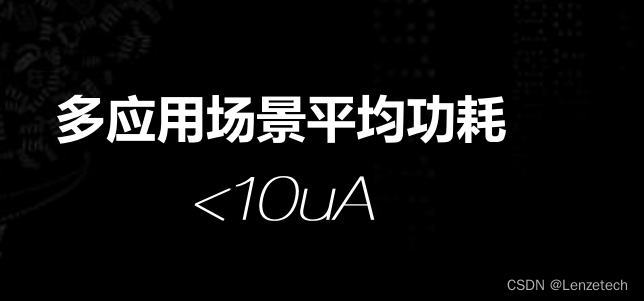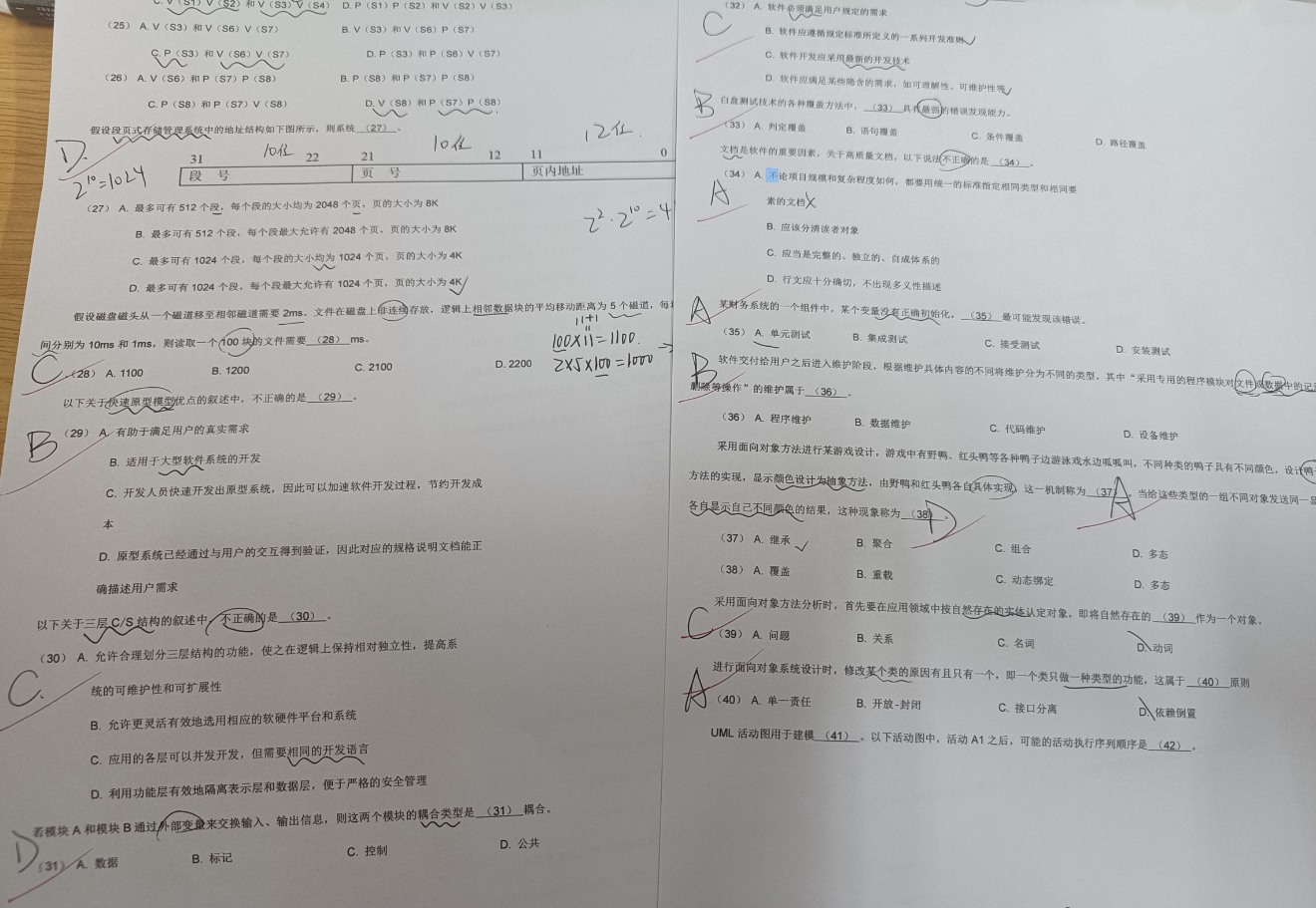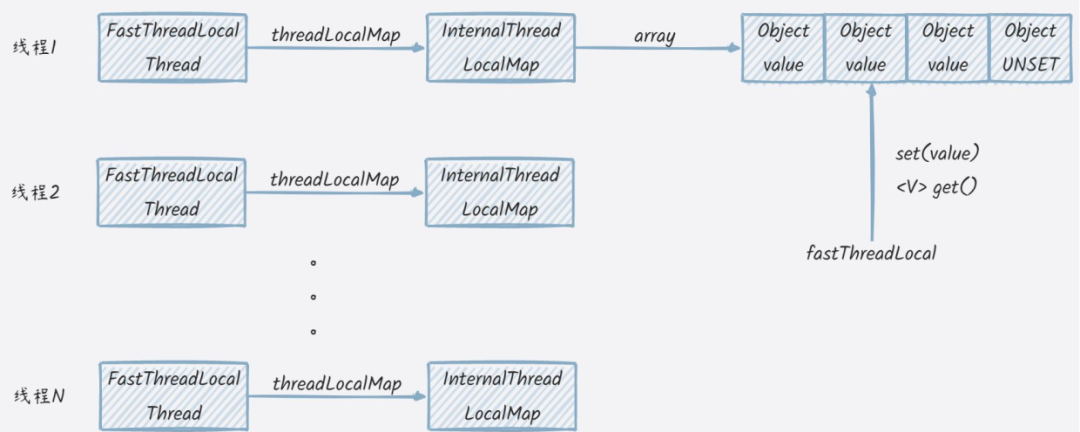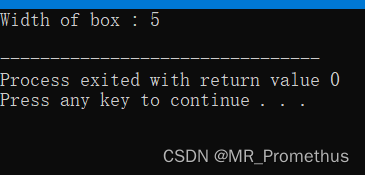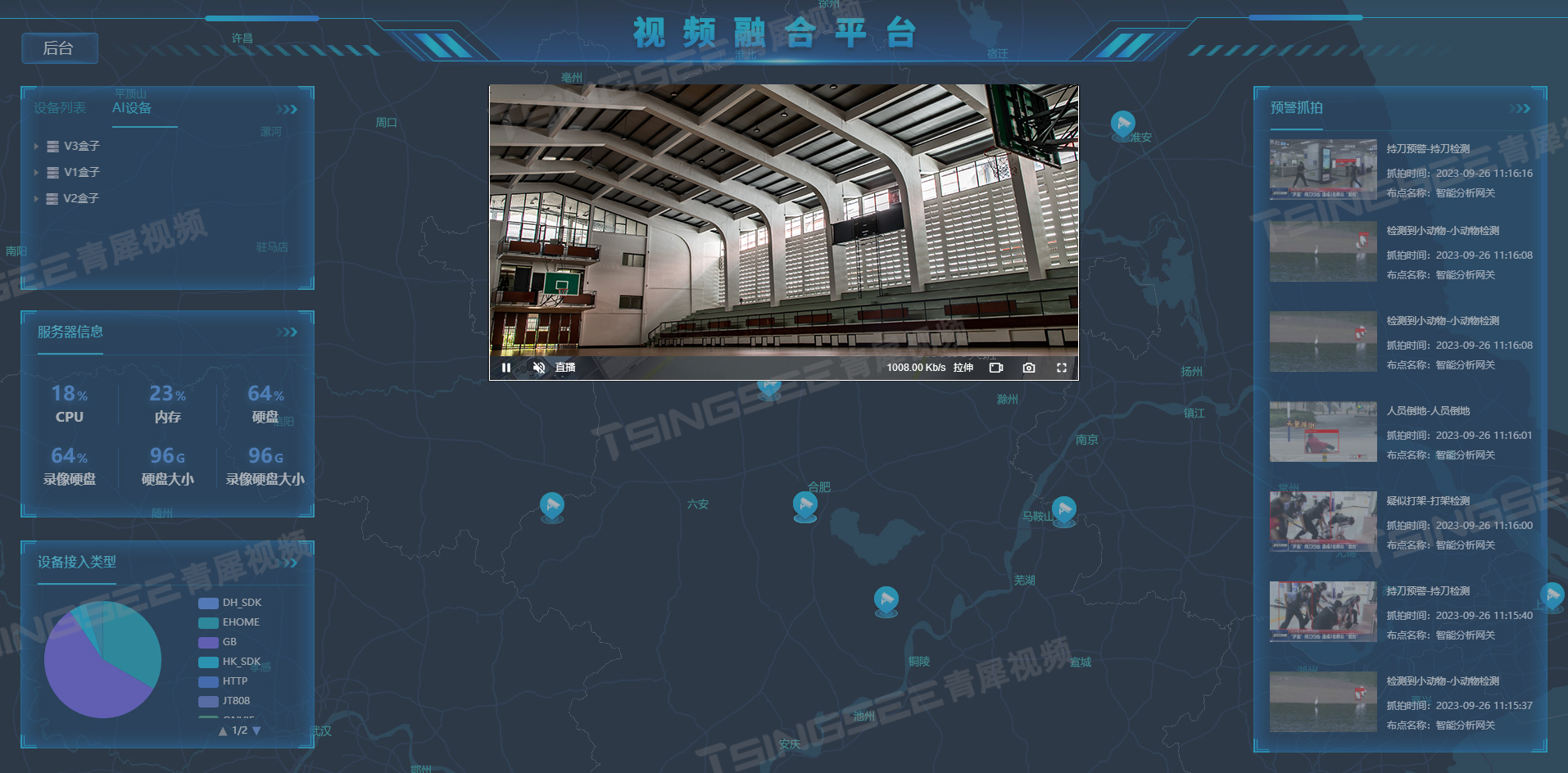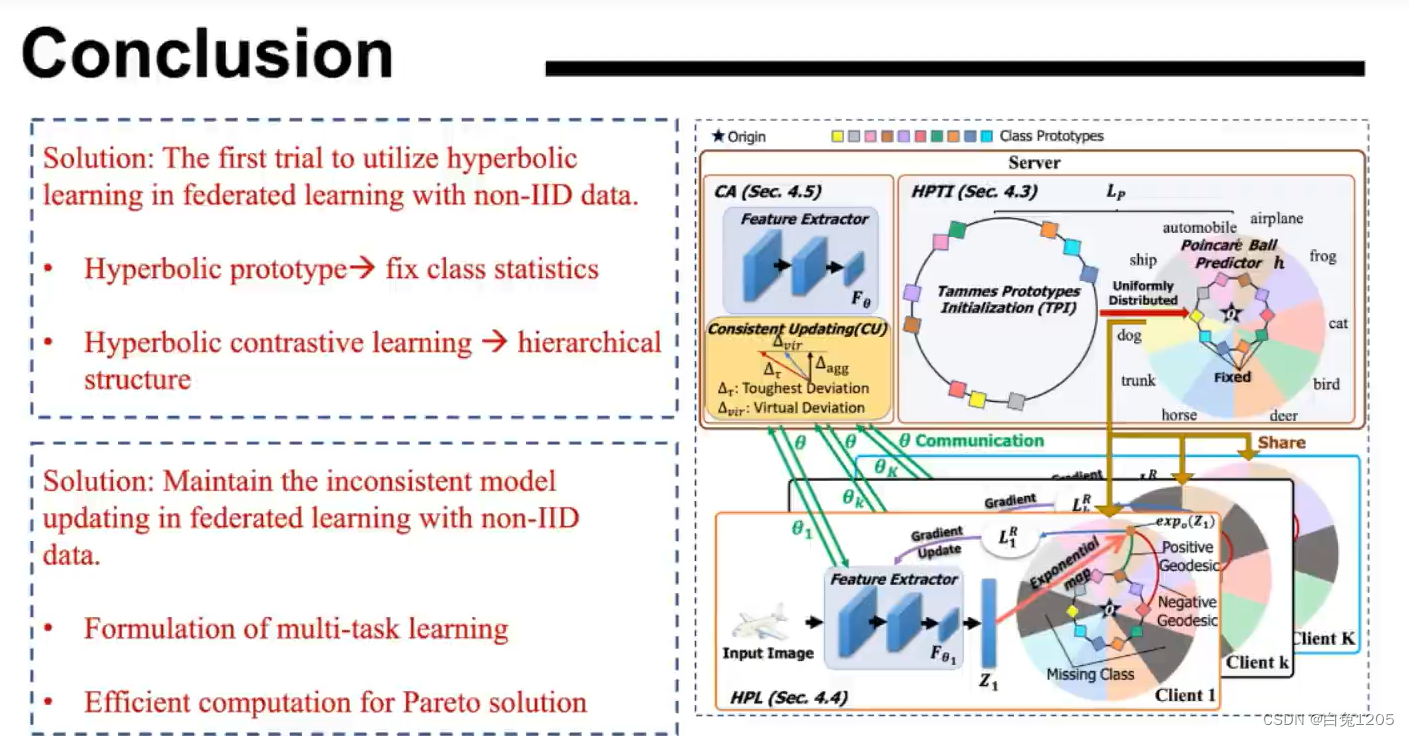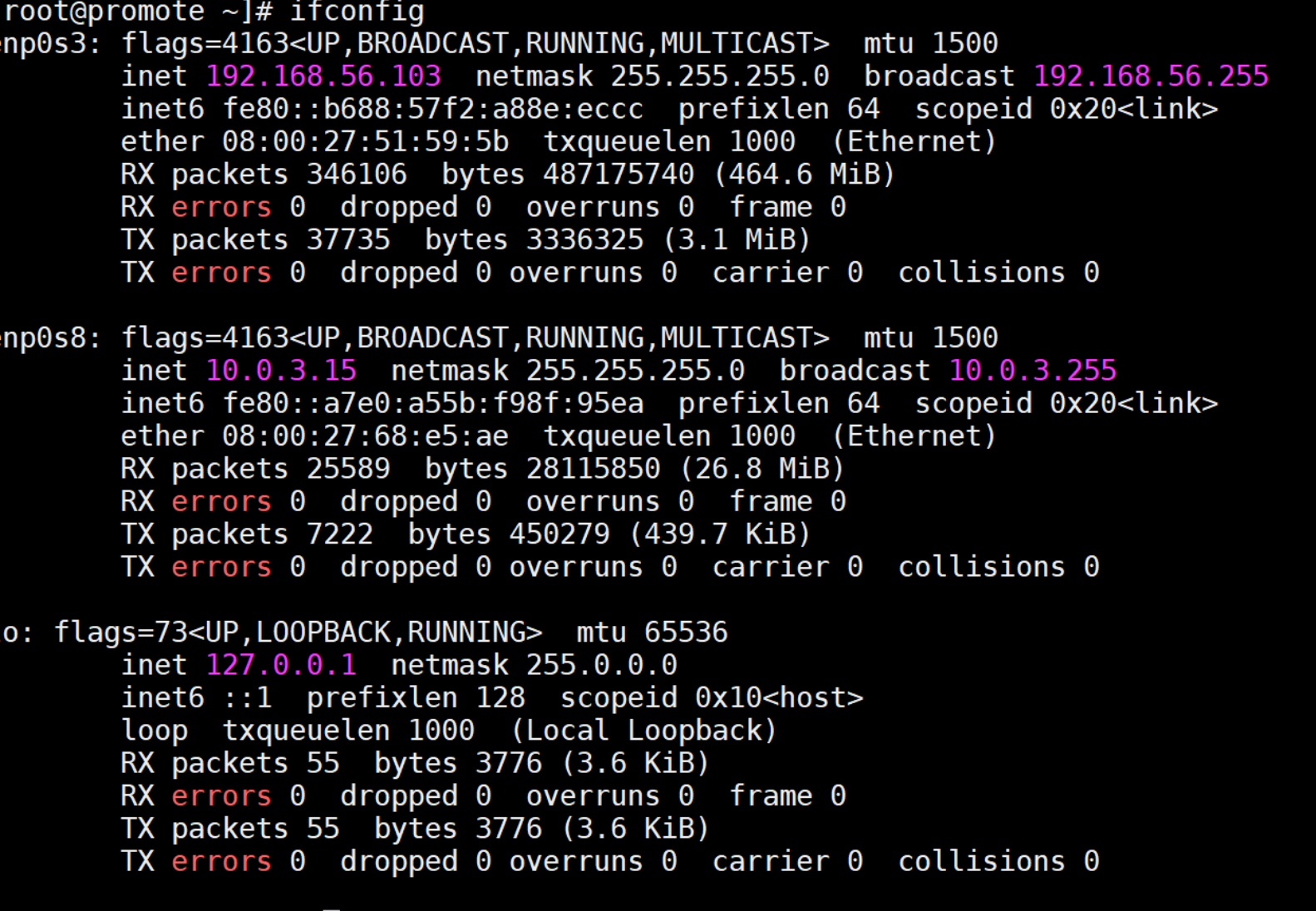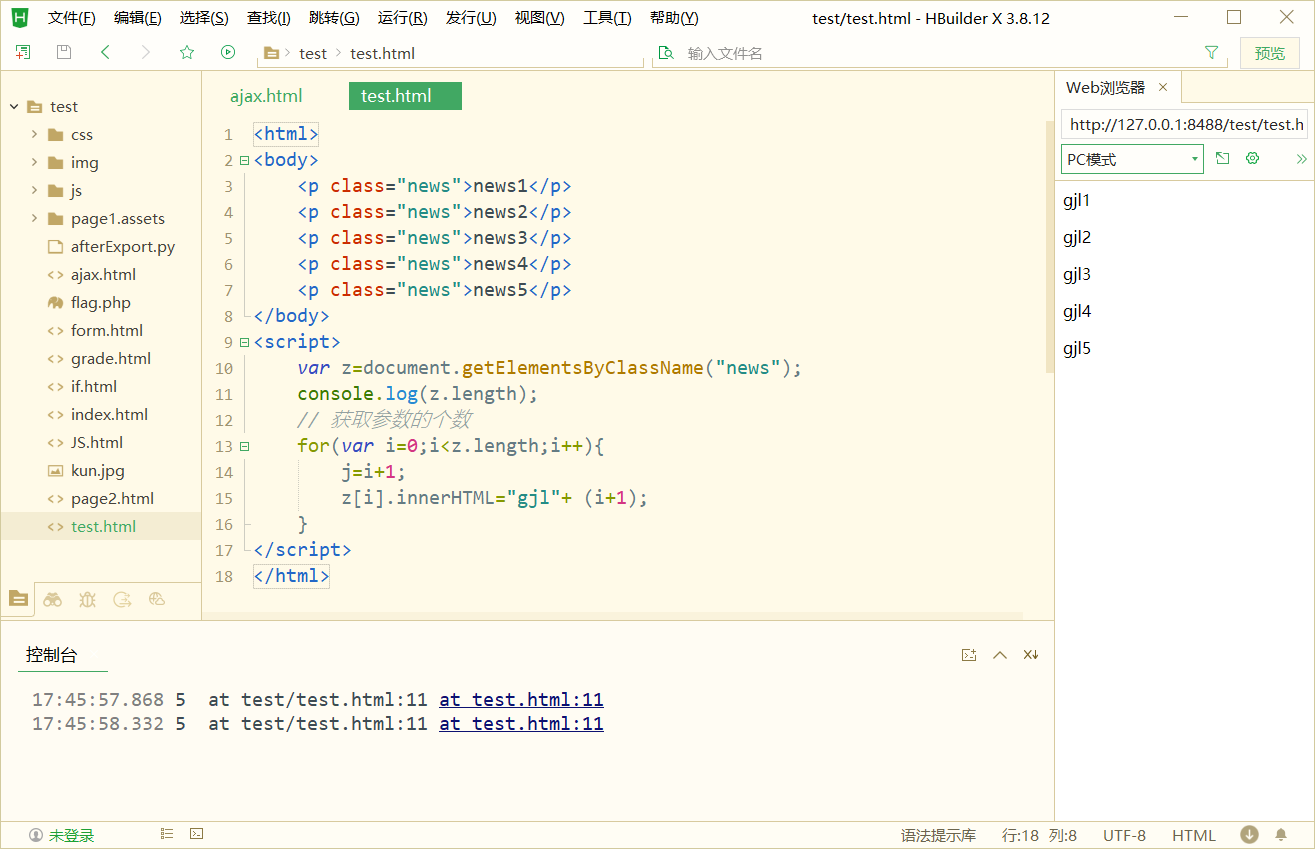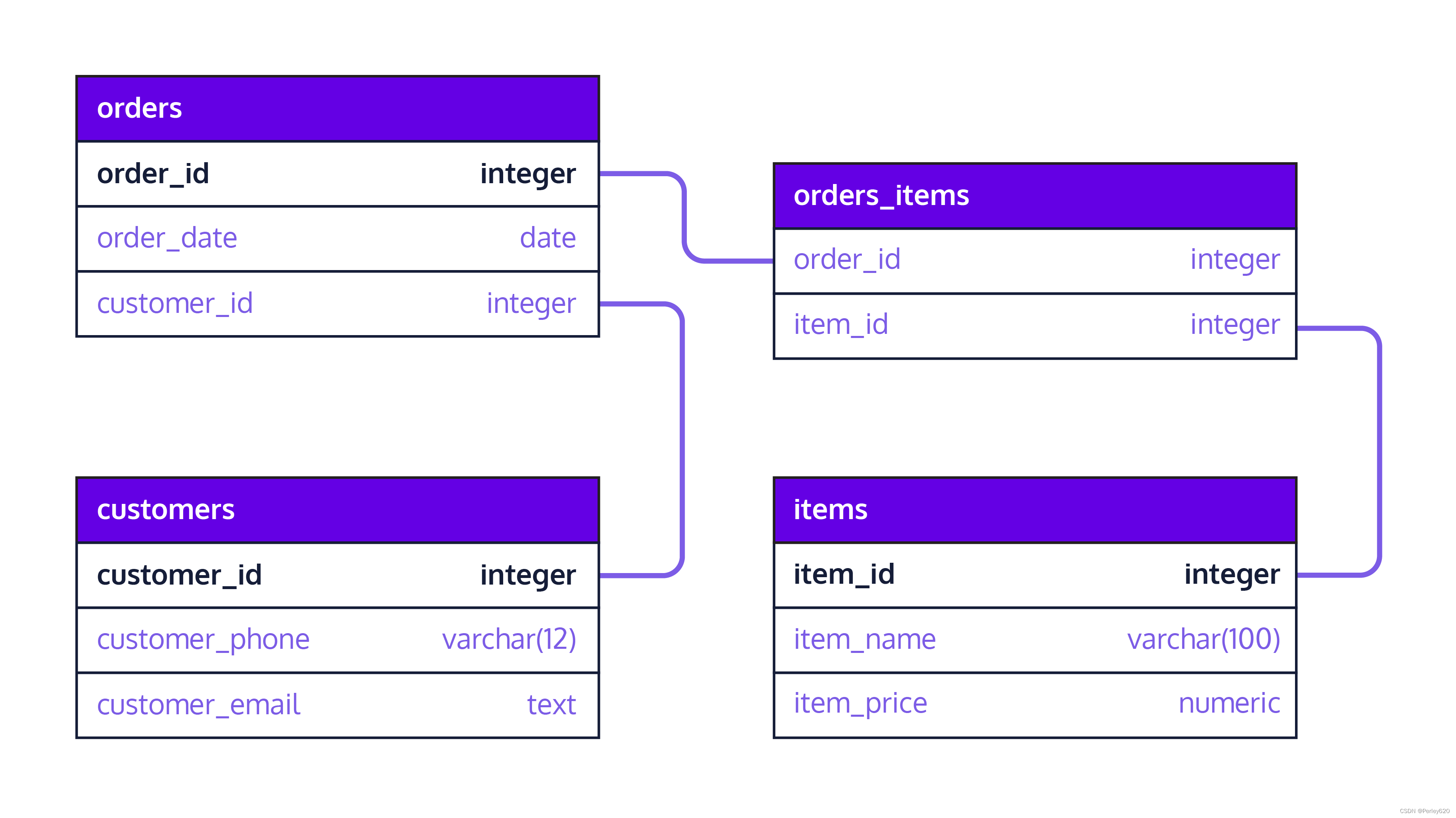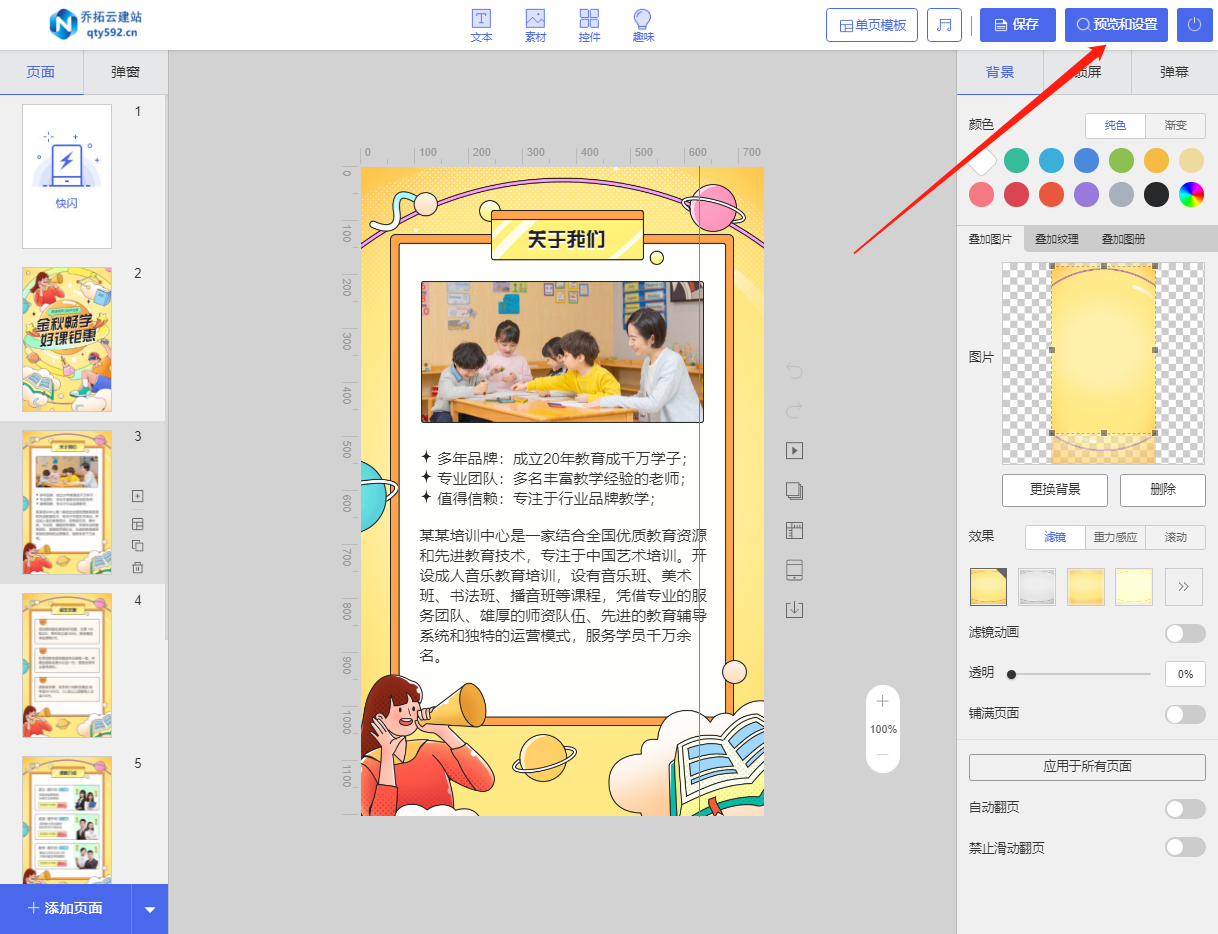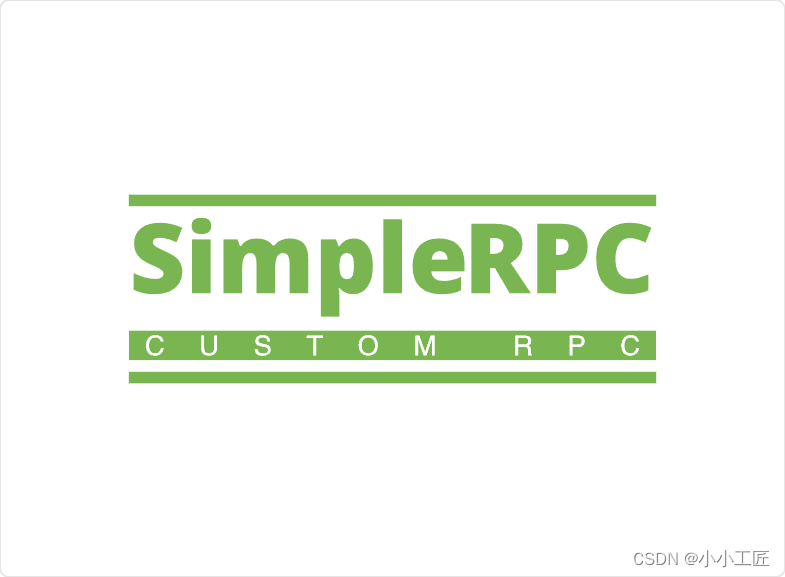完善对话框,点击登录对话框,如果账号和密码匹配,则弹出信息对话框,给出提示”登录成功“,提供一个Ok按钮,用户点击Ok后,关闭登录界面,跳转到新的界面中
如果账号和密码不匹配,弹出错误对话框,给出信息”账号和密码不匹配,是否重新登录“,并提供两个按钮Yes|No,用户点击Yes后,清除密码框中的内容,继续让用户进行登录,如果用户点击No按钮,则直接关闭登录界面
如果用户点击取消按钮,则弹出一个问题对话框,给出信息”您是否确定要退出登录?“,并给出两个按钮Yes|No,用户点击Yes后,关闭登录界面,用户点击No后,关闭对话框,继续执行登录功能
要求:基于属性版和基于静态成员函数版至少各用一个
要求:尽量每行代码都有注释
mywidget.h
#ifndef MYWIDGET_H
#define MYWIDGET_H
#include <QWidget>
#include <QPushButton>
#include <QDebug>
#include <QString>
#include <QMessageBox>
QT_BEGIN_NAMESPACE
namespace Ui { class MyWidget; }
QT_END_NAMESPACE
class MyWidget : public QWidget
{
Q_OBJECT
public:
MyWidget(QWidget *parent = nullptr);
~MyWidget();
public slots: //表示该权限下都是公共的槽函数
void cancelBtn_slots(); //自定义一个槽函数
void loginBtn_slot();
signals:
void jump(); //自定义一个跳转信号
private:
Ui::MyWidget *ui;
};
#endif // MYWIDGET_H
second.h
#ifndef SECOND_H
#define SECOND_H
#include <QWidget>
namespace Ui {
class Second;
}
class Second : public QWidget
{
Q_OBJECT
public:
explicit Second(QWidget *parent = nullptr);
~Second();
public slots:
void jumpSlot(); //对应第一个窗口信号的槽函数声明
private:
Ui::Second *ui;
};
#endif // SECOND_H
main.cpp
#include "mywidget.h"
#include "second.h"
#include <QApplication>
int main(int argc, char *argv[])
{
QApplication a(argc, argv);
MyWidget w;
w.show();
//实例化第二个窗口的对象
Second s;
//将第一个窗口的jump信号和第二窗口的jumpslot槽函数连接
QObject::connect(&w,&MyWidget::jump,&s,&Second::jumpSlot);
return a.exec();
}
mywidget.cpp
#include "mywidget.h"
#include "ui_mywidget.h"
MyWidget::MyWidget(QWidget *parent)
: QWidget(parent)
, ui(new Ui::MyWidget)
{
ui->setupUi(this);
//窗口相关设置
this->setWindowTitle("QQ聊天");
this->setWindowIcon(QIcon(":/pictrue/qq.png"));
this->setFixedSize(601,394);
//logo设置
ui->logoLab->setPixmap(QPixmap(":/pictrue/logo.png"));
ui->logoLab->setScaledContents(true);
//账号
ui->userNameLab->resize(30,30);
ui->userNameLab->setPixmap(QPixmap(":/pictrue/wodepeizhenshi.png"));
ui->userNameLab->setScaledContents(true);
ui->userNameEdit->setPlaceholderText("QQ账号/手机/邮箱");
//密码
ui->passwordLab->resize(30,30);
ui->passwordLab->setPixmap(QPixmap(":/pictrue/passwd.jpg"));
ui->passwordLab->setScaledContents(true);
ui->passwordEdit->setEchoMode(QLineEdit::Password);
//登录和取消
ui->loginBtn->setIcon(QIcon(":/pictrue/login.png"));
ui->cancelBtn->setIcon(QIcon(":/pictrue/cancel.png"));
//手动连接信号和系统槽,基于qt4版本 是不友好的连接
//取消 利用槽函数点击实现关闭
this->connect(ui->cancelBtn,SIGNAL(clicked()),this,SLOT(cancelBtn_slots()));
//手动连接信号和系统槽,基于qt5版本 是友好的连接
connect(ui->loginBtn,&QPushButton::clicked,this,&MyWidget::loginBtn_slot);
}
MyWidget::~MyWidget()
{
delete ui;
}
void MyWidget::cancelBtn_slots()
{
// //用消息对话框 实例化一个对象 属性版
// QMessageBox msg(
// QMessageBox::Question, //图标
// "问题", //标题
// "您是否确定要退出登录?", //文本
// QMessageBox::Yes | QMessageBox::No, //提供按钮
// this); //父对象
// //用 exec() 执行对话框
// int ret = msg.exec();
// //对用户选中的按钮进行判断
// if(ret == QMessageBox::Yes)
// {
// this->close();
// }
// else
// {
// msg.close();
// }
//用消息对话框 静态成员函数版
int ret = QMessageBox::question(this, //父对象
"问题", //标题
"您是否确定要退出登录?", //文本
QMessageBox::Yes | QMessageBox::No); //提供按钮
//对用户选中的按钮进行判断
if(ret == QMessageBox::Yes)
{
this->close();
}
else
{
return;
}
}
void MyWidget::loginBtn_slot()
{
if(ui->userNameEdit->text() == "admin" && ui->passwordEdit->text() == "123456")
{
//用消息对话框 实例化一个对象 属性版
// QMessageBox msg(
// QMessageBox::Information, //图标
// "提示", //标题
// "登录成功", //文本
// QMessageBox::Ok, //提供按钮
// this); //父对象
//用 exec() 执行对话框
// msg.exec();
//用消息对话框 静态成员函数版
QMessageBox::question(this, //父对象
"提示", //标题
"登录成功", //文本
QMessageBox::Ok); //提供按钮
this->close();
emit jump();
qDebug("%s\n","登录成功");
this->close();
}
else
{
// //用消息对话框 实例化一个对象 属性版
// QMessageBox msg(
// QMessageBox::Critical, //图标
// "错误", //标题
// "账号和密码不匹配,是否重新登录", //文本
// QMessageBox::Yes | QMessageBox::No, //提供按钮
// this); //父对象
// //用 exec() 执行对话框
// int ret = msg.exec();
// //对用户选中的按钮进行判断
// if(ret == QMessageBox::Yes)
// {
// ui->passwordEdit->clear();
// }
// else
// {
// this->close();
// }
//用消息对话框 静态成员函数版
int ret = QMessageBox::critical(this, //父对象
"错误", //标题
"账号和密码不匹配,是否重新登录", //文本
QMessageBox::Yes | QMessageBox::No); //提供按钮
//对用户选中的按钮进行判断
if(ret == QMessageBox::Yes)
{
ui->passwordEdit->clear();
}
else
{
this->close();
}
qDebug("%s\n","登录失败");
}
}
second.cpp
#include "second.h"
#include "ui_second.h"
Second::Second(QWidget *parent) :
QWidget(parent),
ui(new Ui::Second)
{
ui->setupUi(this);
}
Second::~Second()
{
delete ui;
}
//第一个窗口信号对应的槽函数
void Second::jumpSlot()
{
this->show();
}
思维导图
